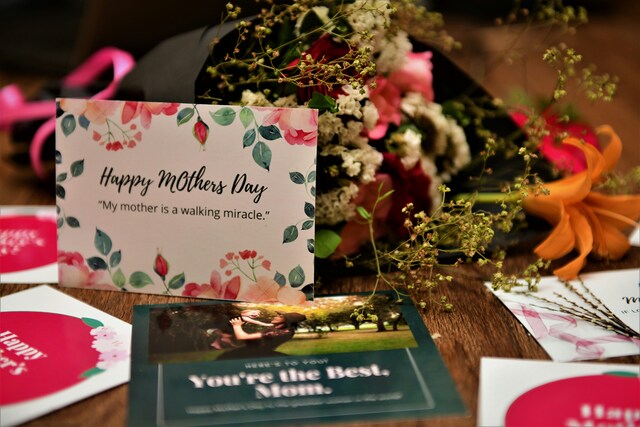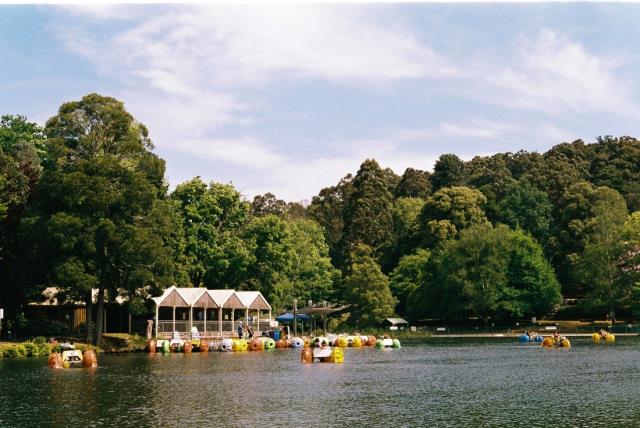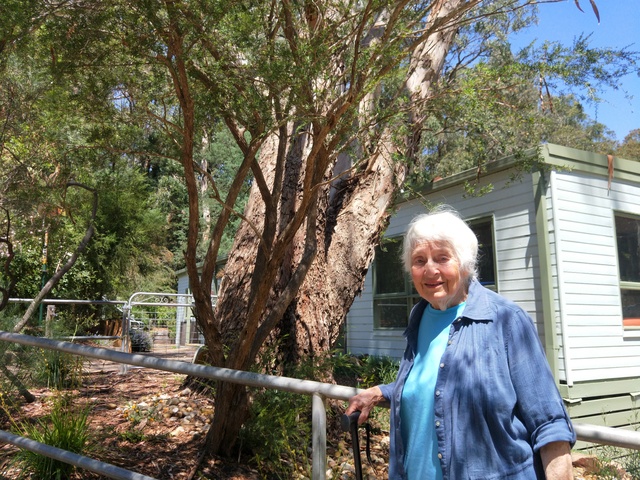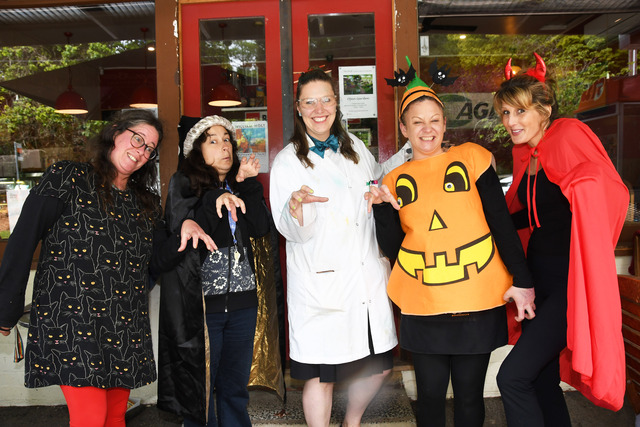This year Mother’s Day will be celebrated against the background of a country reeling from the recent spate of frightening incidents of violence towards women.
A significant proportion of the Australian women killed from alleged gender based violence were indeed mothers.
There has been a reaction of understandable fear, anger and outrage with marches and candlelight vigils held across the country and demands for more action from the government to which it has responded with almost $1billion dollars to help women escape violent situations.
But is this the only way to respond to a problem which is cultural and perpetuated by deeply ingrained attitudes over generations?
And how should we be celebrating Mother’s Day?
Mothers and motherhood has been celebrated from Ancient Greek and Roman times in festivals for the goddesses Rhea and Cybele.
The more recent Christian festival of Mothering Sunday was less about mothers and more about the church.
It was considered important for people to return to their home or ‘mother’ church once a year.
So each year in the middle of Lent, everyone would visit their ‘mother’ church, the main church or cathedral of their area and catch up with family.
Mother’s Day as we know it today was created by American Anna Jarvis, becoming an official holiday in 1914.
The unmarried and childless Jarvis waged a campaign for recognition of a special day honouring motherhood as a counterbalance to the existing holidays which she felt were unfairly biased towards men’s achievements.
Almost immediately, it was seized by commercial interests that led Jarvis to denounce the day and try to have it removed from the national calendar.
She also urged people to stop buying Mother’s Day gifts: cards, flowers and candles.
Today, Mother’s Day is a billion-dollar industry in Australia.
Until the18th century in Western Art, an idealized figure of the Virgin Mary prevailed but then came a marked change as the image of motherhood evolved as a symbol of gentleness, and the creator of life.
This persisted until 20th century art when more realistic works of artists such as Frida Kahlo, Louise Bourgeois, Annie Leibvitz and others tried to change how motherhood was represented by engaging with taboo subjects such as miscarriage, abortion and the difficulties of motherhood.
Motherhood can indeed be hard for those with little support or security.
Today men are more involved in child caring and household chores than before, but it is still women who carry the brunt of most of the domestic chores and child care.
And it is still largely taboo to express any misgivings about motherhood.
With Mother’s Day next Sunday it begs the question, whether a retail driven Day can have any positive effect on attitudes towards women and their role as mothers?
In comparison with other countries, Australia’s rates of family violence have been reported to be relatively high.
Reasons are of course complex. But could the legacies of our past be contributing to the development of a particularly virulent toxic hyper masculinity that persists today as a national ideal?
From the outset in the founding colonies men outnumbered women and violence, particularly towards indigenous women, was accepted.
In a society where women still experience a lifetime of economic inequality and insecurity this can lead to coercive control. Motherhood attracts a significant earnings penalty.
Choosing to have a child will change you irrevocably and challenge you as few other things will, and more so financially.
It is easy to put the blame for the violence we are seeing among young men on the breakdown of the nuclear family but reasons are never simple.
Family life is always changing in response to economic and social change.
The nuclear family is increasingly unable to cover the wide diversity of households we see today: single parent families, couples without children, gay families with two mothers (or fathers), adoptive parents.
Our economic system lauds hyper individualism over cooperation and community.
Today the one income family with a stay at home mother is almost a rarity as living costs have soared to the point where it is no longer possible under a single income to meet the needs of families, as in housing.
Post COVID we are experiencing a society that seems too detached, disconnected and distrustful.
Some families are looking for new ways of connected living.
Because of the housing crisis intergenerational models of living are being tried by some.
And there are some who forego the trappings of consumer driven lifestyles and settle for something more modest and may choose to be content to have a stay at home mother caring for the family.
The role of technology is without doubt an important factor in the way young minds are moulded.
The easy access to violent and pornographic material and drugs is fraught with dangers and could be shaping them to accept violence towards women as normal behaviour.
But we also need men to become aware of their own every day, trivial expressions of misogyny so that they are not passing on these destructive attitudes to their young sons.
So how should we approach Mother’s Day beyond the last minute clichéd gifts and Devonshire tea outings?
Let’s celebrate the care and love that most mothers give their children, acknowledging that we are all imperfect but strive to do our best.
And though motherhood can be the most enriching experience of a woman’s life it can also be the most challenging and underappreciated.
Whatever family you have formed enjoy the day whichever way you want to.
We should also pause and remember those mothers who have been so tragically killed.
There are many poems idealizing motherhood but lately more and more poets are writing about their experiences and feelings as mothers with refreshing honesty.
Many mothers will respond to Gwen Harwood’s In The Park, a poem that taps into many a mother’s worst nightmare of being caught looking dowdy and frazzled by fractious children’s bickering and
whining and unexpectedly meeting a past lover when she’s hardly at her best.
But she of course does not let it be known how challenging she is finding motherhood.
Only when he walks away does she let her frustrations erupt.
They have eaten me alive. What the poem does is highlight how exhausting looking after small children can be, and how social pressures would not allow truthful expressions of her feelings.
In The Park
She sits in the park. Her clothes are out of date.
Two children whine and bicker, tug her skirt.
A third draws aimless patterns in the dirt
Someone she loved once passed by – too late
to feign indifference to that casual nod.
“How nice” et cetera. “Time holds great surprises.”
From his neat head unquestionably rises
a small balloon…”but for the grace of God…”
They stand a while in flickering light, rehearsing
the children’s names and birthdays. “It’s so sweet
to hear their chatter, watch them grow and thrive, ”
she says to his departing smile. Then, nursing
the youngest child, sits staring at her feet.
To the wind she says, “They have eaten me alive.”







